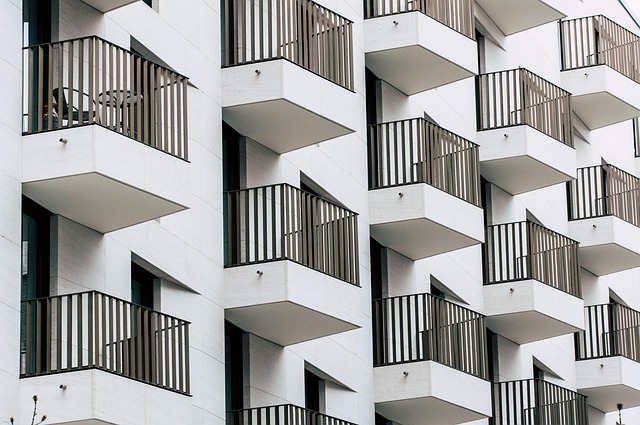The Enigmatic World of Ephemeral Architecture
In the realm where art meets function, a captivating trend is reshaping our perception of space and time. Ephemeral architecture, once relegated to temporary exhibitions and avant-garde installations, is now gaining prominence in urban landscapes and cultural events worldwide. This fleeting form of design challenges traditional notions of permanence, inviting us to reconsider the very essence of architectural expression. As cities evolve and societal needs shift, ephemeral structures are becoming powerful tools for innovation, sustainability, and social commentary.

Historical Roots and Modern Renaissance
While the current surge in ephemeral architecture might seem revolutionary, its roots trace back centuries. Ancient civilizations often constructed temporary structures for festivals and ceremonies. The Renaissance saw elaborate theatrical sets and triumphal arches erected for grand events. However, the modern resurgence of ephemeral architecture is driven by different factors. Rapid urbanization, environmental concerns, and the need for flexible spaces have all contributed to its growing popularity. Today’s ephemeral structures serve diverse purposes, from disaster relief housing to interactive art installations.
Sustainability and Innovation
One of the most compelling aspects of ephemeral architecture is its potential for sustainability. These structures often utilize recyclable materials and can be dismantled with minimal environmental impact. Designers are exploring innovative techniques such as biodegradable construction materials and modular systems that can be easily repurposed. This approach not only reduces waste but also allows for rapid deployment in various scenarios, from music festivals to emergency shelters. The temporary nature of these structures encourages experimentation with cutting-edge technologies and materials that might be too risky for permanent buildings.
Cultural Impact and Social Commentary
Ephemeral architecture has become a powerful medium for cultural expression and social commentary. Artists and architects use these temporary structures to address pressing issues, provoke thought, and engage communities. For instance, installations at major art events like the Venice Biennale often employ ephemeral architecture to create immersive experiences that challenge perceptions and spark dialogue. In urban settings, pop-up structures can revitalize neglected spaces, providing temporary solutions that sometimes lead to permanent changes in how we interact with our environment.
Challenges and Future Prospects
Despite its growing popularity, ephemeral architecture faces several challenges. Regulatory frameworks often struggle to keep pace with these innovative structures, leading to bureaucratic hurdles. There’s also the question of legacy – how do we document and preserve the impact of something designed to disappear? Critics argue that the temporary nature of these structures can sometimes lead to a lack of quality or consideration for long-term urban planning. However, proponents see these challenges as opportunities for further innovation and dialogue about the future of our built environment.
The Intersection of Technology and Ephemeral Design
Advancements in technology are opening new frontiers for ephemeral architecture. Augmented reality and projection mapping allow for digital overlays on physical structures, creating hybrid experiences that blur the lines between the tangible and virtual. 3D printing technologies enable rapid prototyping and construction of complex forms that would be impractical for permanent structures. These technological innovations not only expand the creative possibilities but also enhance the interactive and immersive qualities of ephemeral installations.
Ephemeral Architecture in the Post-Pandemic World
The global pandemic has brought new relevance to ephemeral architecture. As cities grapple with changing needs for public spaces and social distancing, temporary structures offer flexible solutions. Pop-up medical facilities, outdoor dining pavilions, and modular office spaces have demonstrated the adaptability of ephemeral design in crisis response. This has sparked renewed interest in how temporary structures can address urgent urban challenges and contribute to more resilient cities.
In conclusion, ephemeral architecture represents a dynamic and evolving field that challenges our perceptions of space, time, and permanence. Its ability to adapt, innovate, and provoke thought makes it a powerful tool for addressing contemporary challenges. As we move forward, the interplay between ephemeral and permanent architecture promises to reshape our built environment in exciting and unexpected ways. The fleeting nature of these structures serves as a poignant reminder of the transient beauty in our world and the endless possibilities for reinvention.





